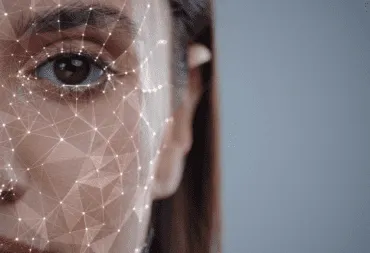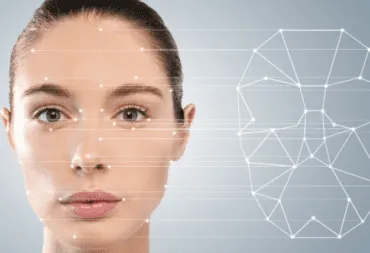Passwordless authentication: the new standard of digital security
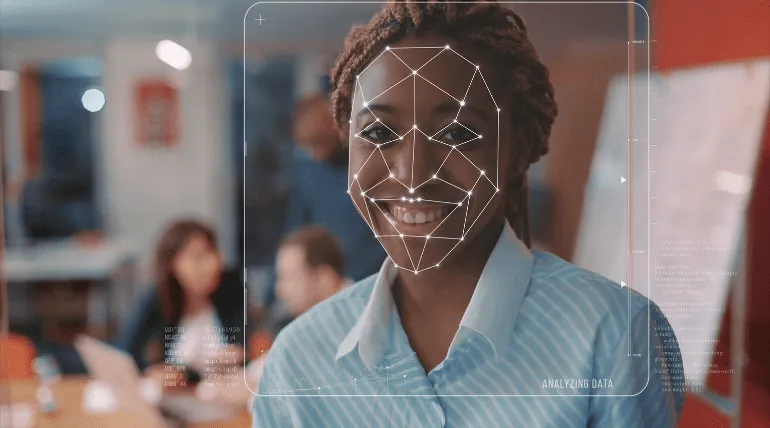
Back in 2004, Bill Gates said that passwords “just don’t meet the challenge for anything you really want to secure.” Passwords are becoming a weak link in the chain, and the need for more secure and user-friendly authentication methods is more pressing than ever.
Enter passwordless authentication, a revolutionary approach to verifying user identities. In this blog, we’ll explain what passwordless authentication is and how it works, and why it’s becoming the security norm.
Why passwords are no longer enough
Companies urge both employees and users to create stronger passwords for a variety of reasons. Chief among them is the vulnerability of passwords to hacking, phishing, and simple human forgetfulness. A 2020 report by the World Economic Forum found that four out of five global data breaches happen because of weak and stolen passwords.
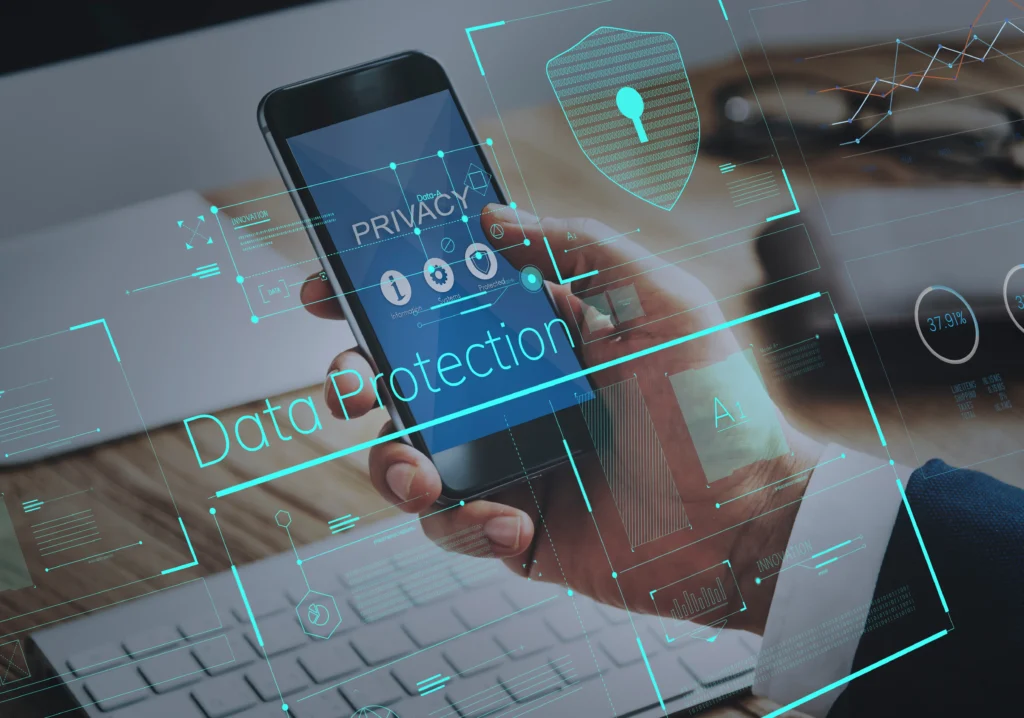
The effort required to manage passwords is another significant factor. On average, users have hundreds of online accounts. The task of creating, remembering, and regularly updating passwords for each account is no small feat, considering that strong passwords require a complex mix of uppercase and lowercase letters, special characters, and other elements. It’s not surprising that up to 51% of passwords are reused, significantly increasing the risk of multiple accounts being compromised if one password is breached.
Not only is password management a problem for users, it’s also a financial burden for companies. A 2019 study by the Ponemon Institute and Yubico reported that setting and resetting passwords costs US companies $5.2 million annually.
The move to passwordless & biometrics
Instead of relying on passwords, tech giants are leading a shift towards a more secure, user-friendly alternative: passwordless authentication systems. They’re most often based on biometrics, a technology that uses unique physical or behavioral characteristics of individuals to authenticate them.
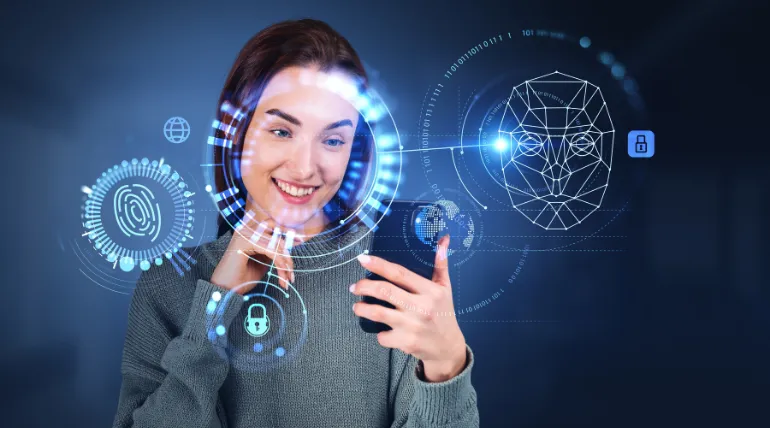
If you own an iPhone model newer than 2017, you are already familiar with Face ID. It’s the system Apple has been using on its mobile devices for over six years (replacing the previous Touch ID).
Starting this year, Google is rolling out the option of using passkeys instead of passwords, explaining it in an article titled “The beginning of the end of the password.” Passkeys allow users to sign in to their accounts using fingerprint or face recognition or through a device screen lock, such as a local PIN. There is also Microsoft’s Windows Hello for Business, which uses biometrics for safeguarding access to hardware-protected cryptographic keys.
Even though there are other methods of passwordless authentication, like certificates, security tokens, and one-time passwords (OTPs), more and more consumers prefer biometrics. Research by Experian in 2021 concluded that “the majority of consumers (81%) view physical biometrics as the more secure form of identity verification”.
Which passwordless biometric method to implement?
The short answer: face recognition.
The long answer: Face recognition and fingerprint identification are the two most popular methods of biometric authentication. Both are equally accurate and reliable, but face recognition’s contactless nature makes it more user-friendly and hygienic. Also, face recognition doesn’t require separate sensors like fingerprint identification since you can already use it on devices with cameras.
We have a whole article on the “face recognition vs fingerprint identification” dilemma, explaining all the reasons why face recognition is a better choice in software development. Make sure to check it out if you’re interested in more details. You can read more about the benefits of face recognition here.
Summary: why opt for passwordless authentication
These are the top reasons why you should implement passwordless authentication:
| 1. It significantly enhances security. Most traditional passwords can be easily lost, stolen, or guessed, but biometric data like facial features are unique to each individual and almost impossible to replicate. |
| 2. It improves user experience. Remembering, entering, and managing unique passwords can be a hassle, but with biometric authentication, users can gain access with just a glance at their device. |
| 3. It can increase productivity. By reducing the time spent on password resets and account lockouts, employees can focus on other, more impactful tasks, leading to increased efficiency. |
| 4. It reduces costs. By implementing passwordless systems, companies save on the long-term costs of password management, which can amount to millions of dollars annually. |
Getting started with face recognition as your passwordless solution

If you’re considering implementing face recognition as your go-to passwordless authentication system, Visage Technologies is here to help. Our FaceRecognition solution has been proven to be the fastest and lightest reliable face recognition system, according to NIST. It can work offline, which is highly preferable in high-security environments.
We also offer custom development services to tailor our face recognition technology to your specific needs. Our solutions are already being used in various industries — you can check out our case studies here.
For more information on how Visage Technologies can help secure your business operations with a passwordless solution, feel free to contact us.
Get started with face recognition
Tell us more about your project and business needs and activate your free trial today!
